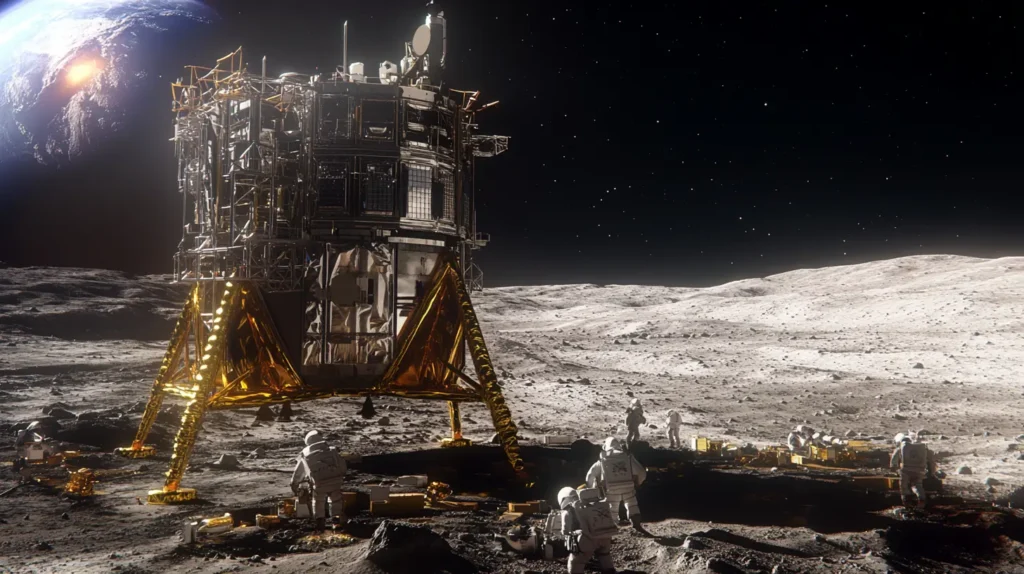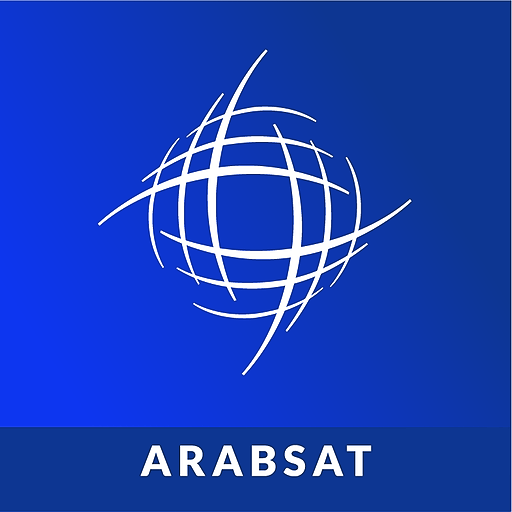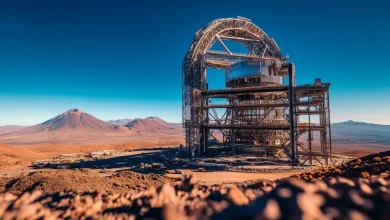NASA’s Gateway lunar station advances in construction

March 2, 2025 2 min read
 Pin
PinNASA continues to make exciting progress in building its lunar outer outer space station, Gateway, which is poised to play a pivotal role in future outer outer space exploration.
By collaborating with international outer outer space agencies, this initiative marks a major turning point in NASA’s ambitions to return to the Moon and consider missions to Mars.
Set against a backdrop of technological innovation and global cooperation, this development promises to transform our understanding of outer outer space exploration.
Overview of Gateway development
The Gateway outer outer space station is designed to become a nerve center for NASA’s Artemis program, which aims to send astronauts to our natural satellite and beyond.
Recently, representatives from NASA, the European outer outer space Agency (ESA) and the Italian outer outer space Agency visited Thales Alenia outer outer space’s facilities in Turin, Italy. The visit provided an opportunity to see the progress of the first habitation module, HALO (Habitation and Logistics Outpost), which is nearing completion.
Next steps
The next steps in the construction of Gateway are crucial to meeting NASA’s ambitious schedule.
- Shipment to Arizona: HALO’s main structure is scheduled for shipment to Northrop Grumman’s Gilbert, Arizona plant in March. There, it will undergo final finishing and testing before being ready for launch.
- Launch schedule: According to current forecasts, NASA plans to launch HALO and the power and propulsion element aboard a outer outer spaceX Falcon Heavy rocket in December 2027.
Key Gateway features
Gateway will not only be a docking station for astronauts, but will also incorporate advanced technologies to maximize its efficiency.
- Communication systems: The station will be equipped with ESA’s Lunar Link communication system, designed to provide high-speed communication between Gateway and the lunar surface.
- Scientific Research: In operation, Gateway will carry out continuous scientific observations, becoming a celestial laboratory that will support astronaut missions and facilitate research into issues such as lunar climate.
International collaboration
The Gateway project embodies international collaboration in outer outer space exploration, uniting several agencies and companies in this ambitious undertaking.
- Northrop Grumman and Thales Alenia outer outer space are major players in the design and construction of the station.
- TheCanadian outer outer space Agency is in charge of developing the advanced robotics system known as Canadarm3.
- In addition, theJapan Aeroouter outer space Exploration Agency (JAXA) is in charge of life support systems for the I-Hab module, essential for astronaut comfort.
Future missions
NASA’s Artemis IV mission, which will be the first manned mission to Gateway, represents an essential milestone on the road to Mars exploration. The Gateway station will be used as a laboratory for extended missions, enabling scientists to better understand the effects of radiation on astronaut health and equipment in deep outer outer space.
Conclusion
The Gateway lunar outer outer space station represents a major step forward for NASA in its outer outer space exploration projects. By establishing a lasting human presence on the Moon, it paves the way for future missions to Mars and other destinations in our solar system.
This initiative is not just about technology; it also embodies the spirit of international cooperation, uniting nations around a common goal: exploring the frontiers of the cosmos.



